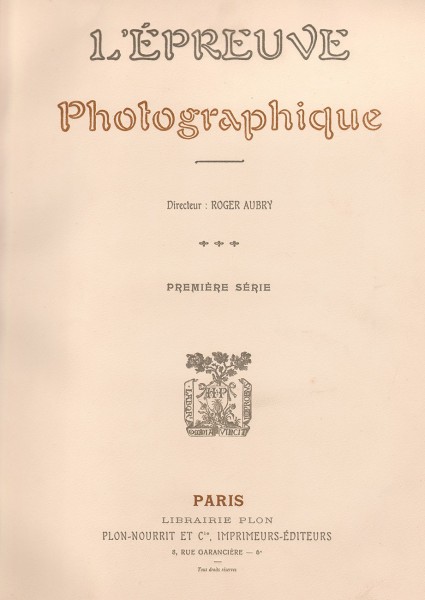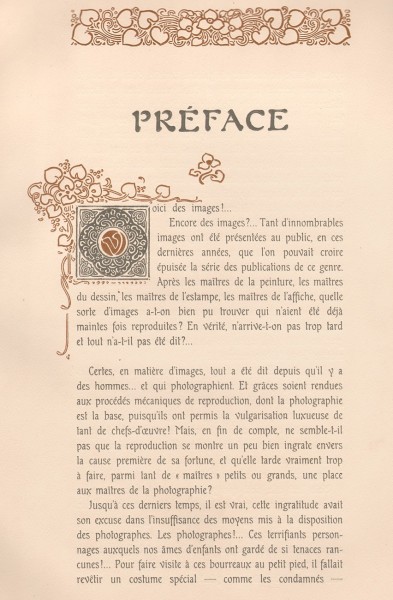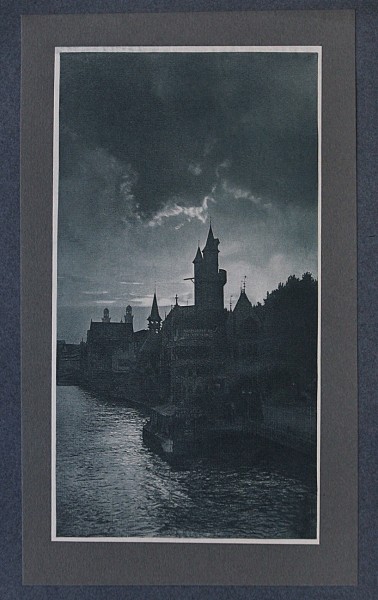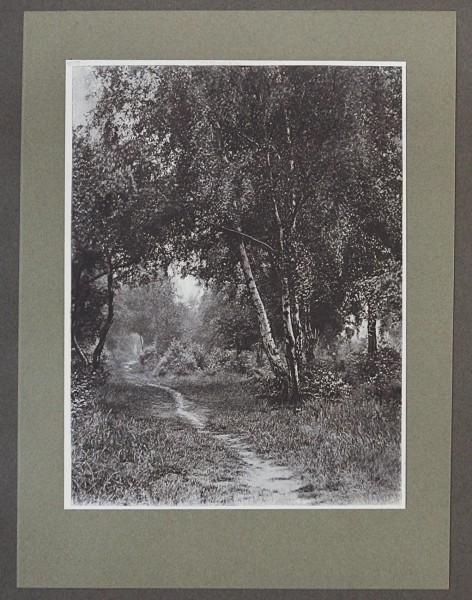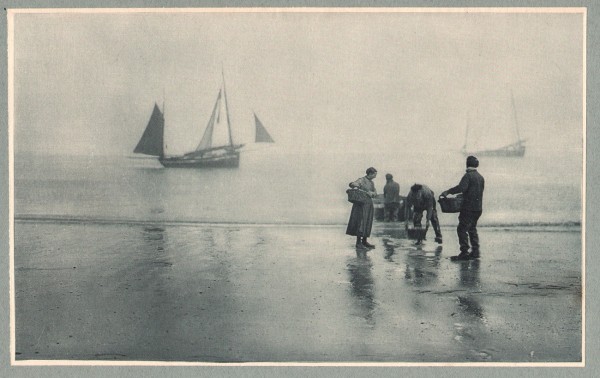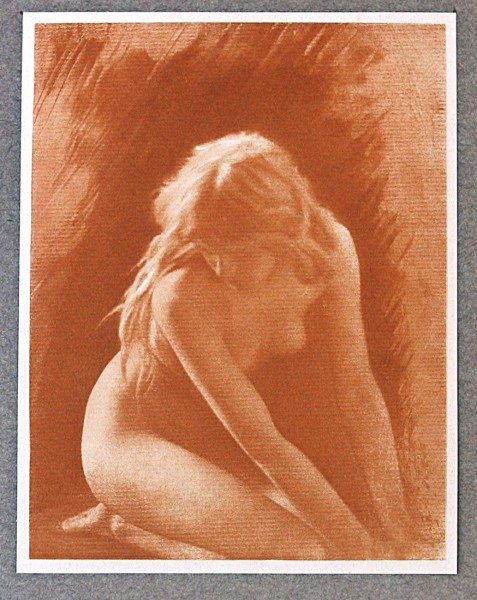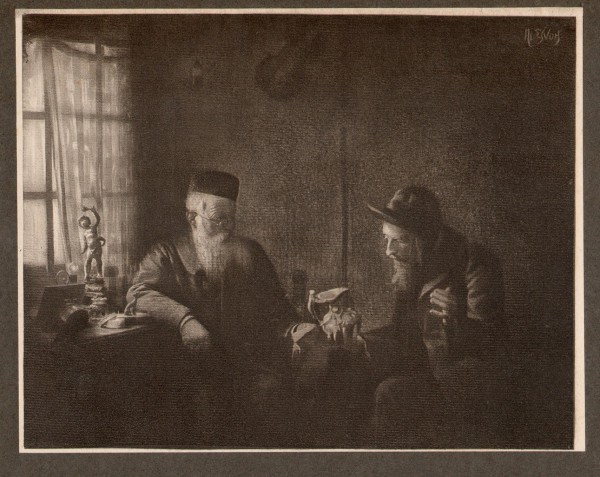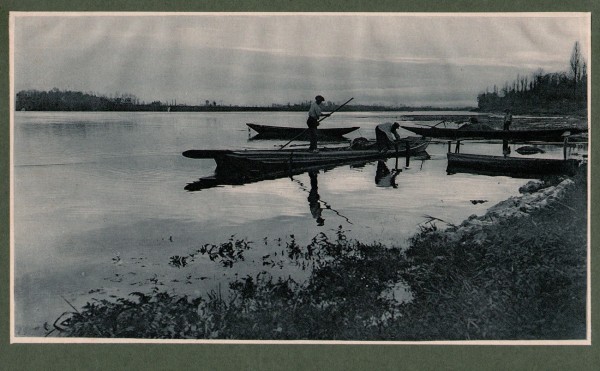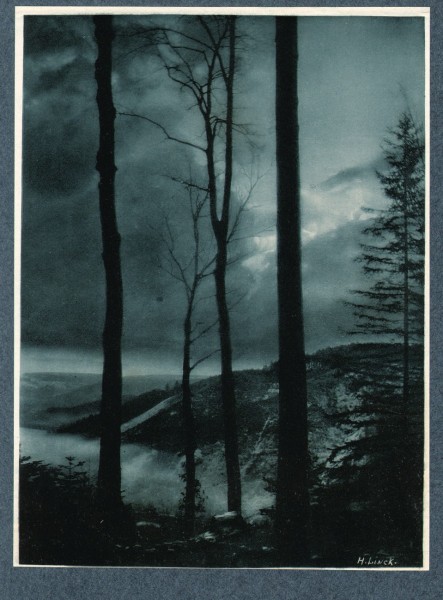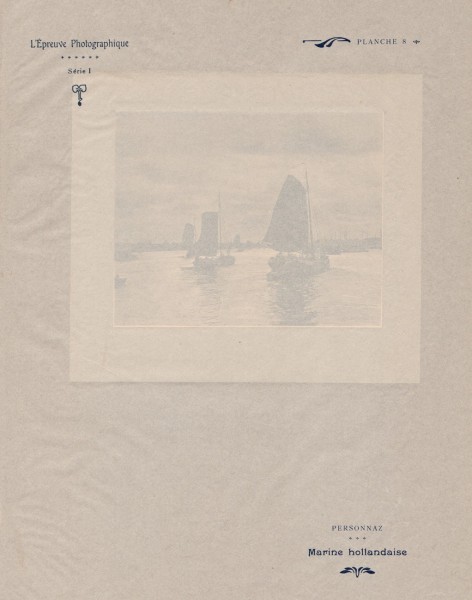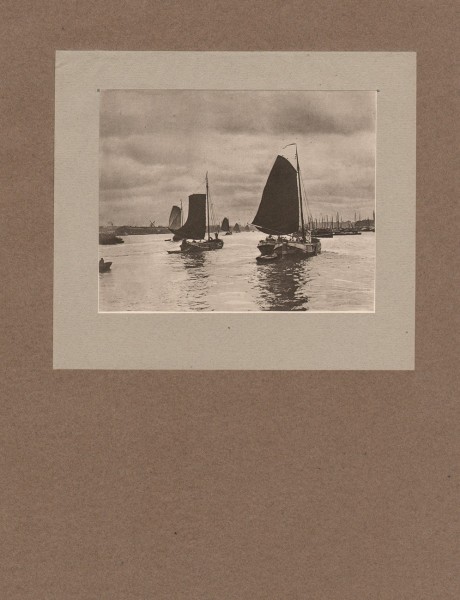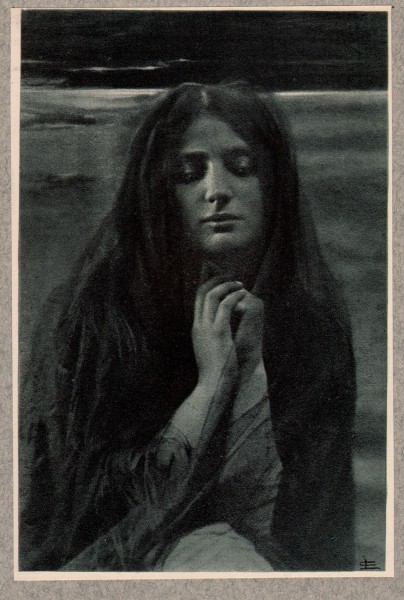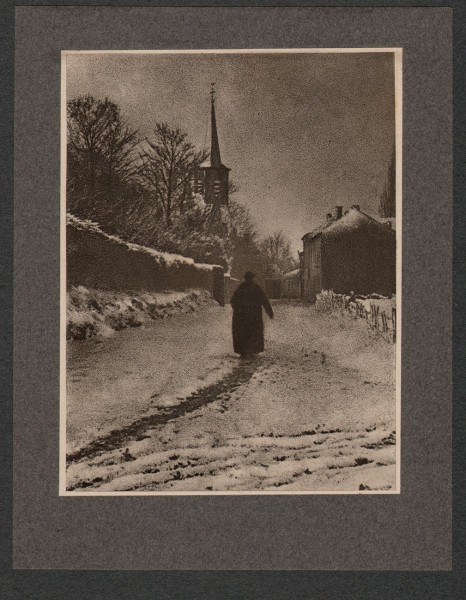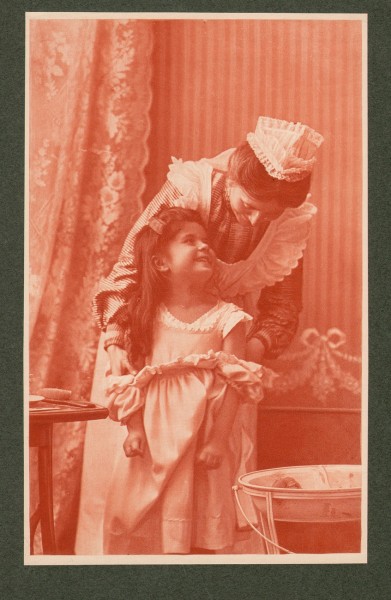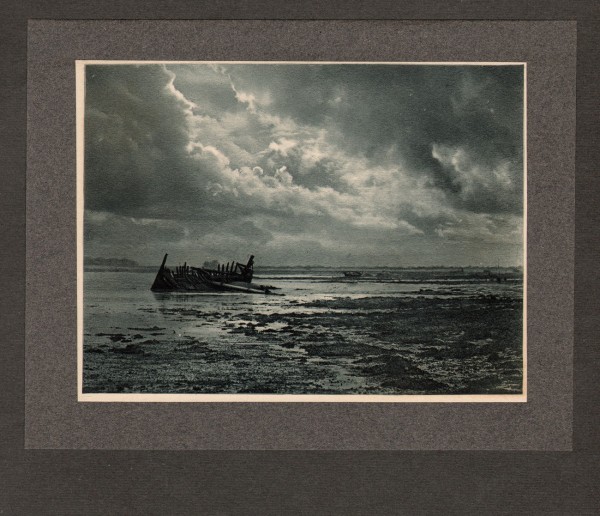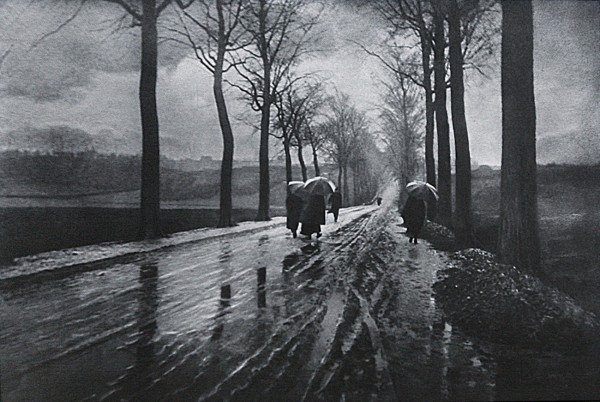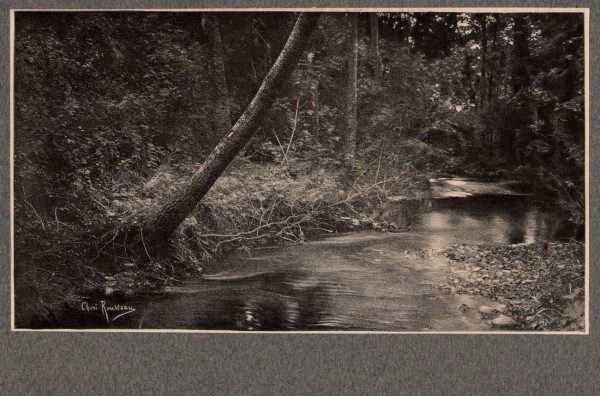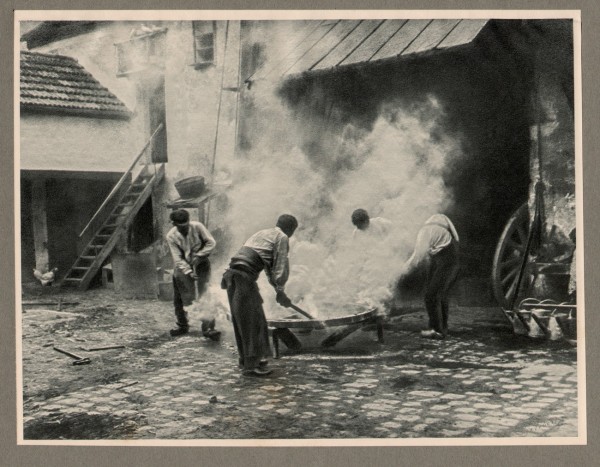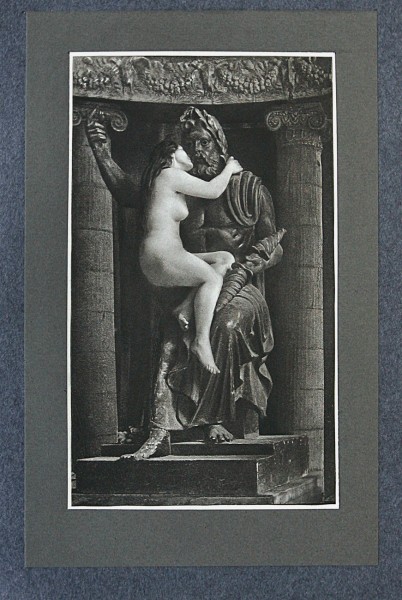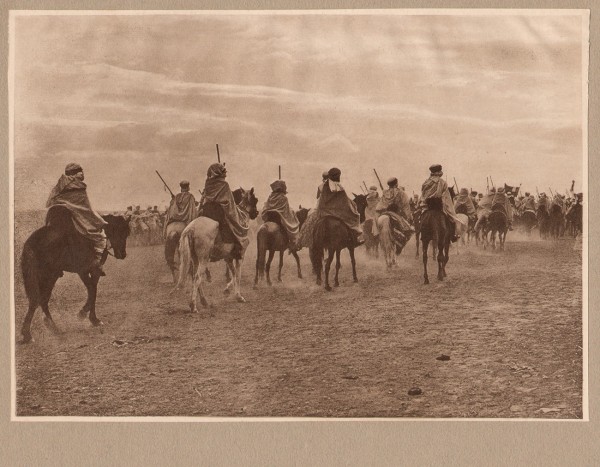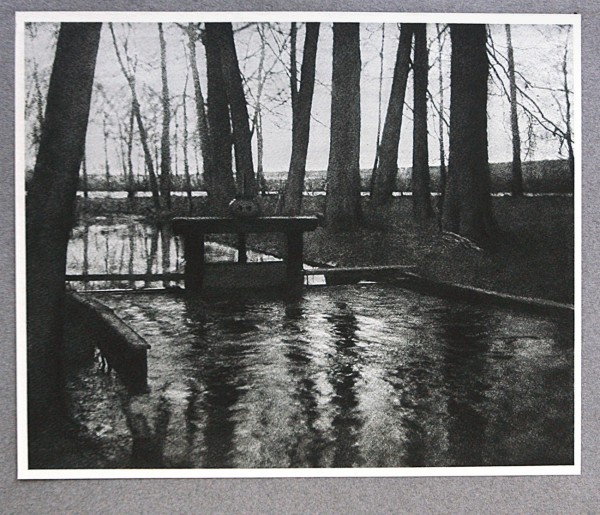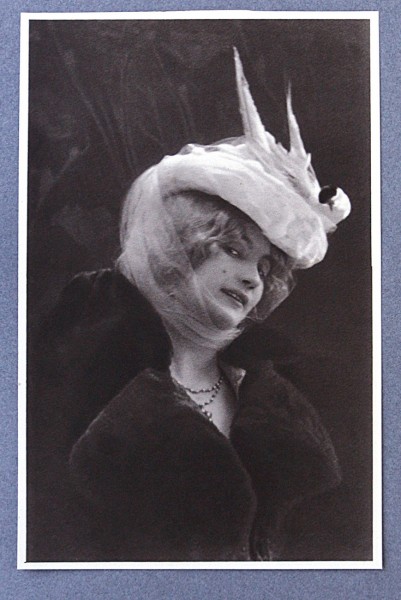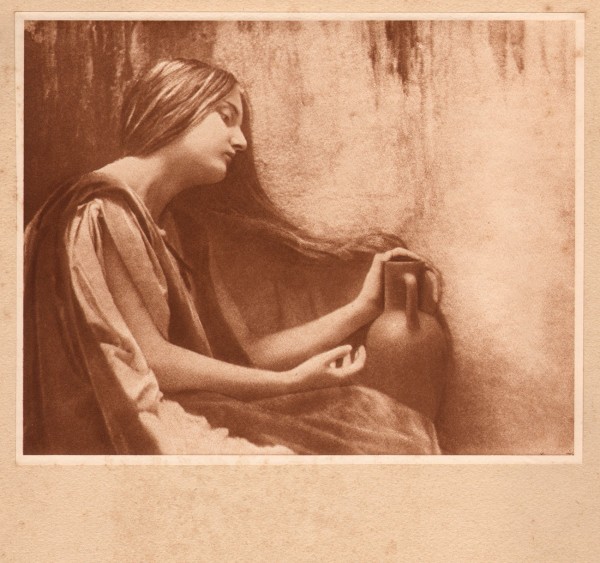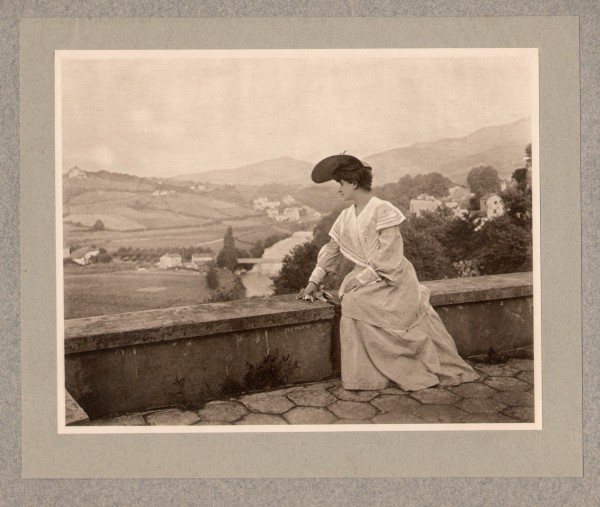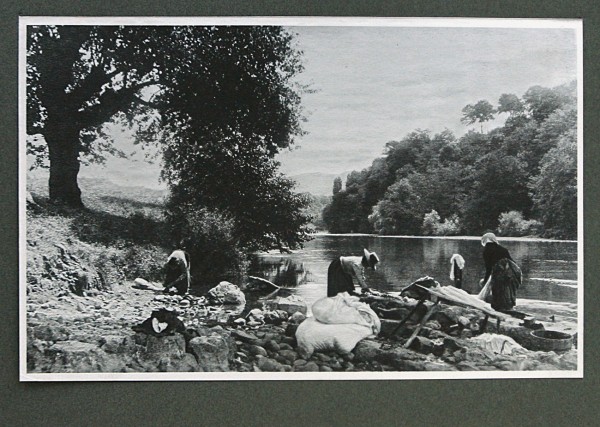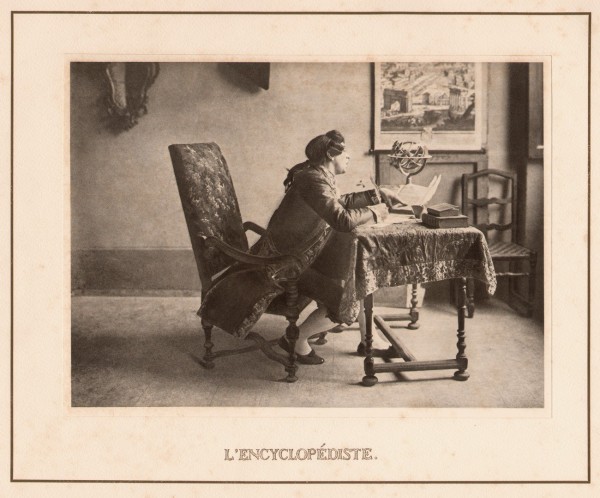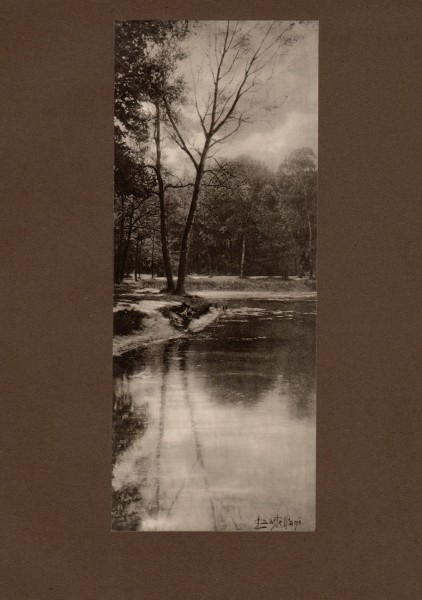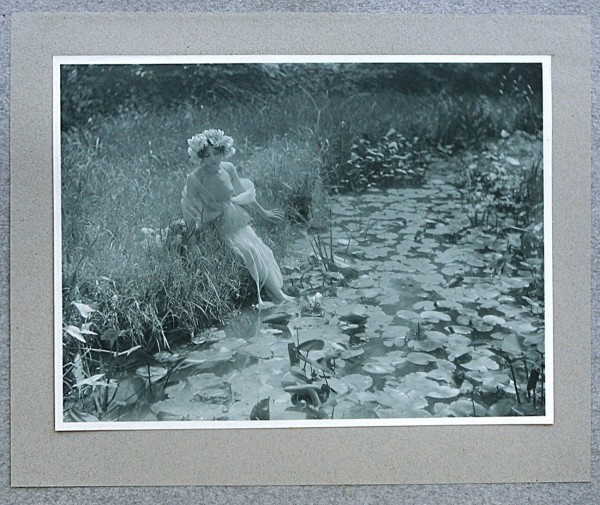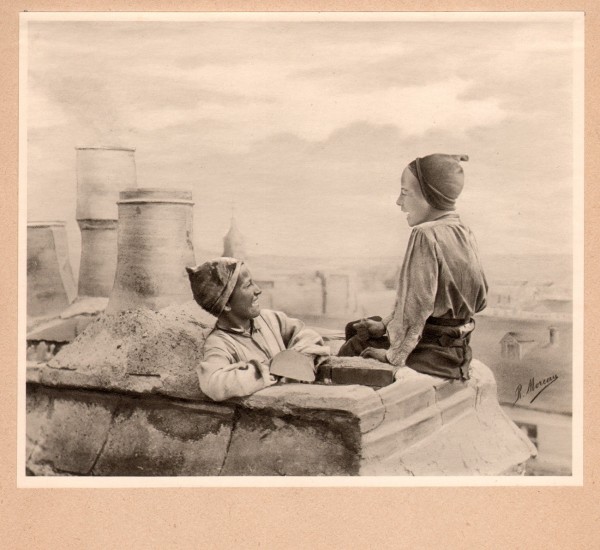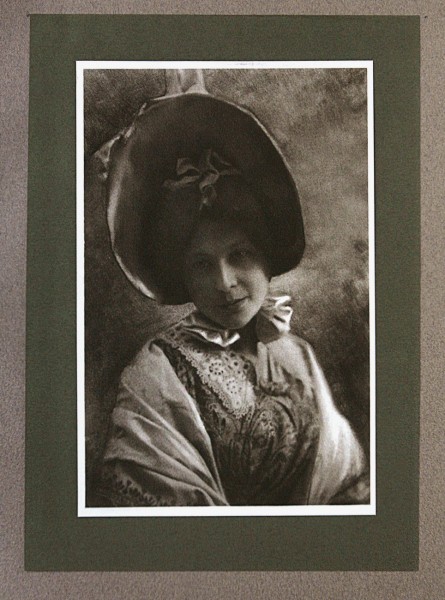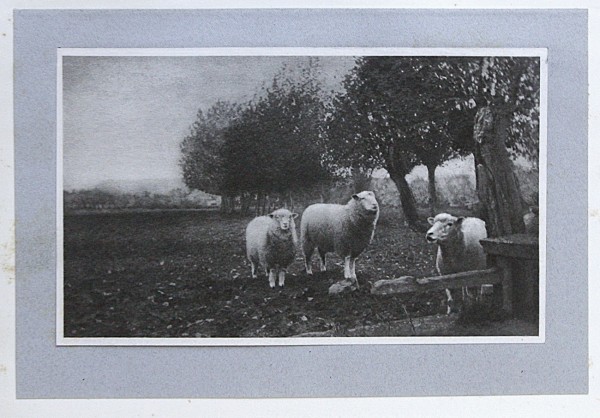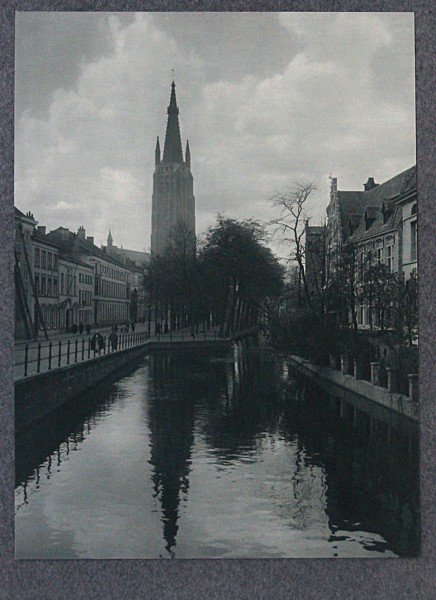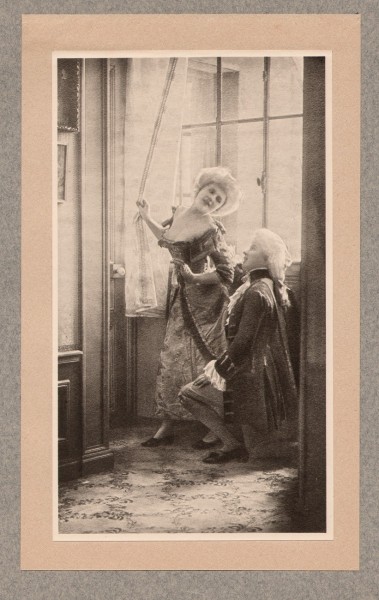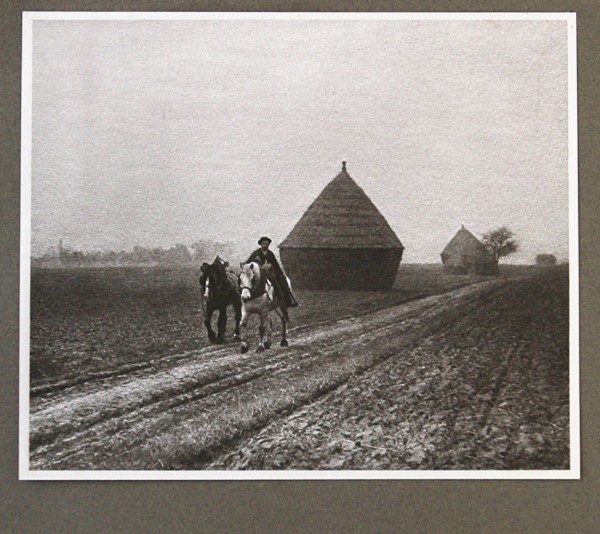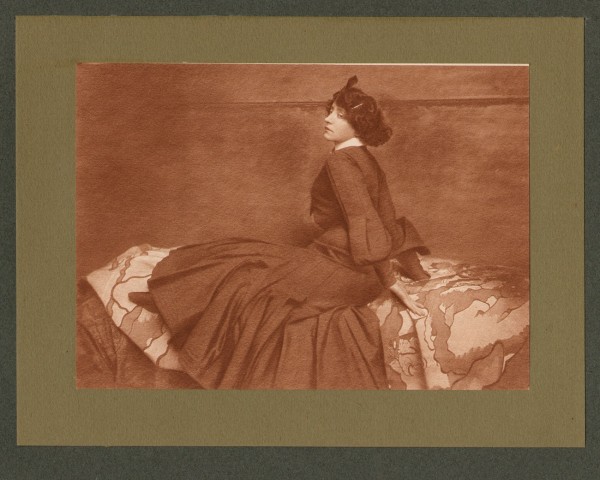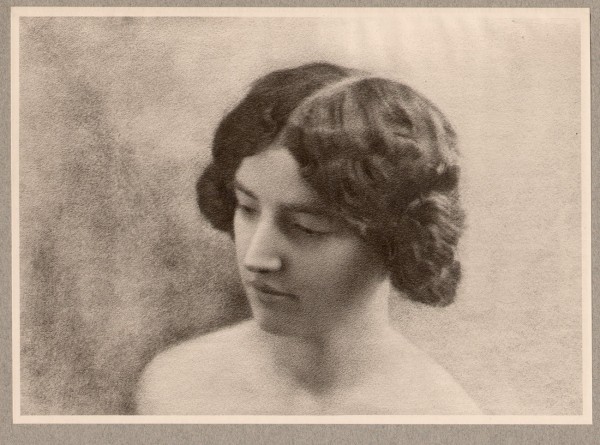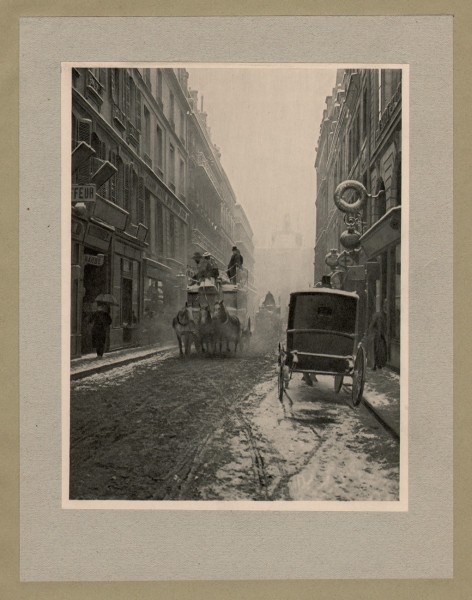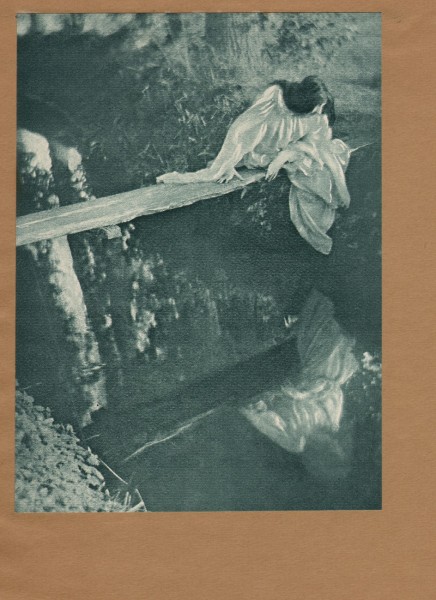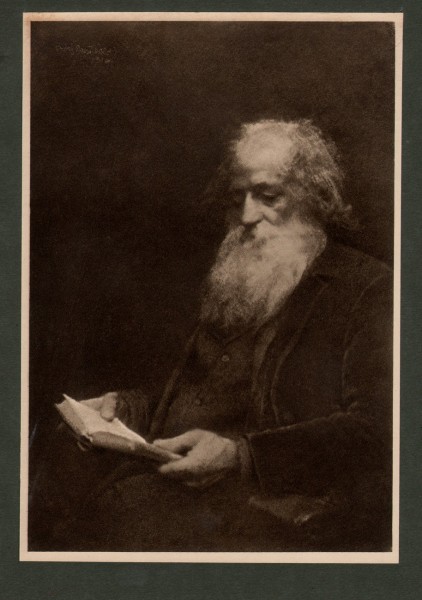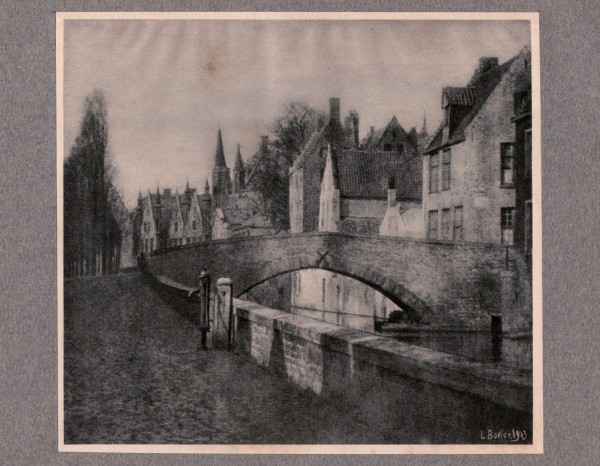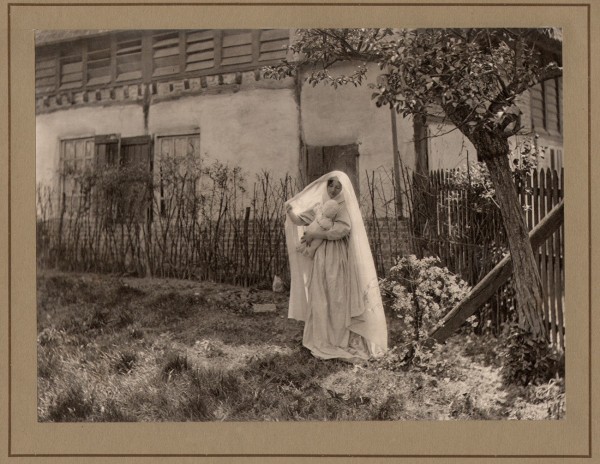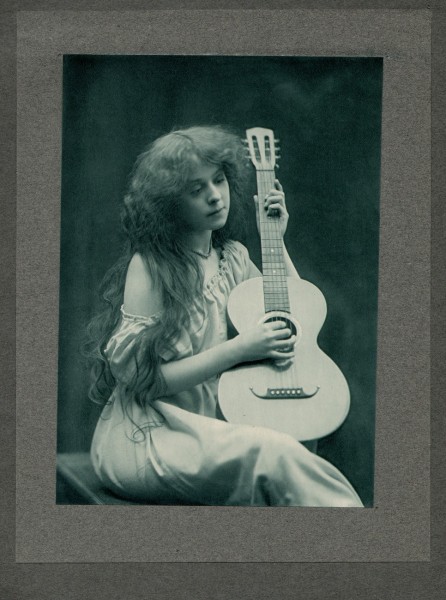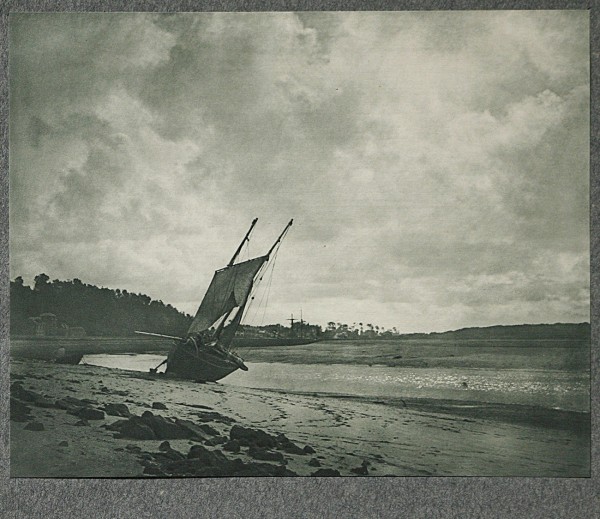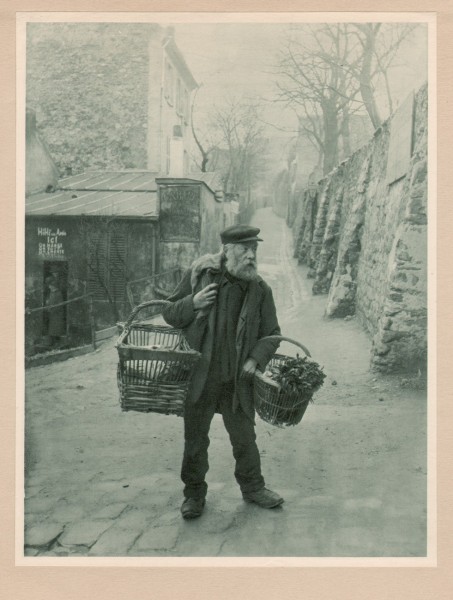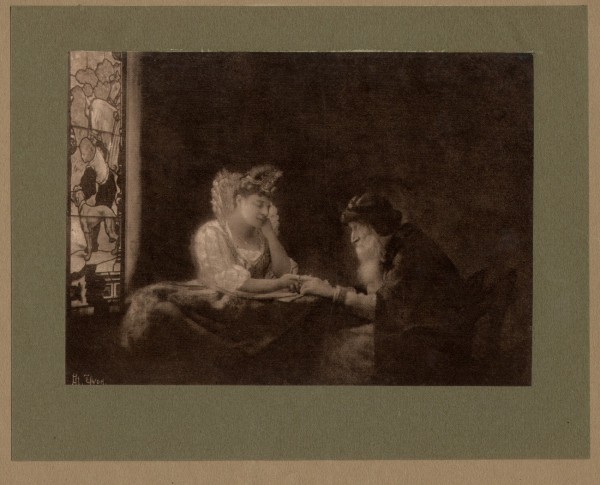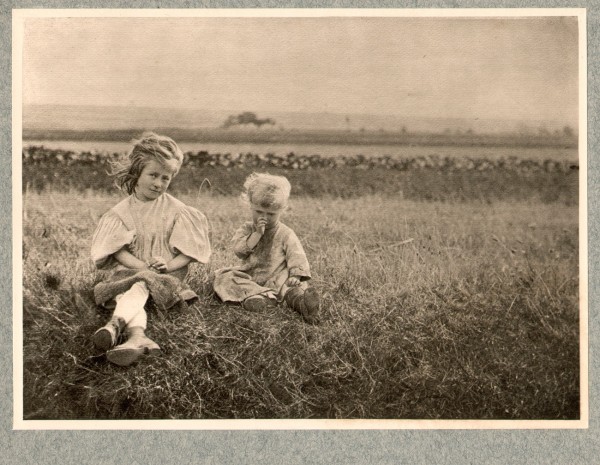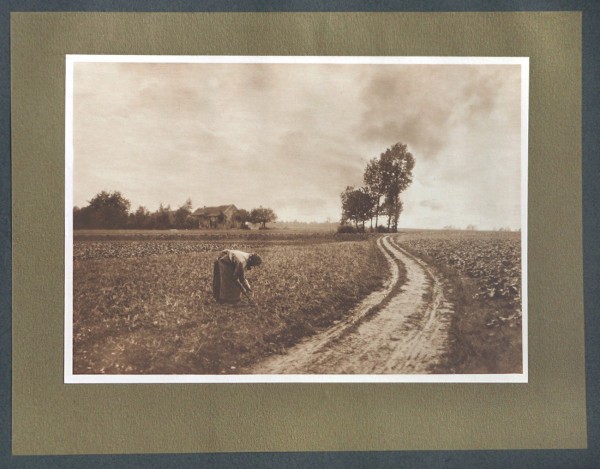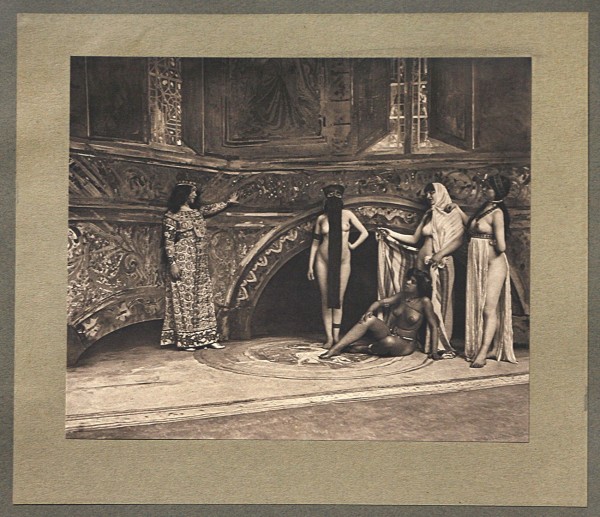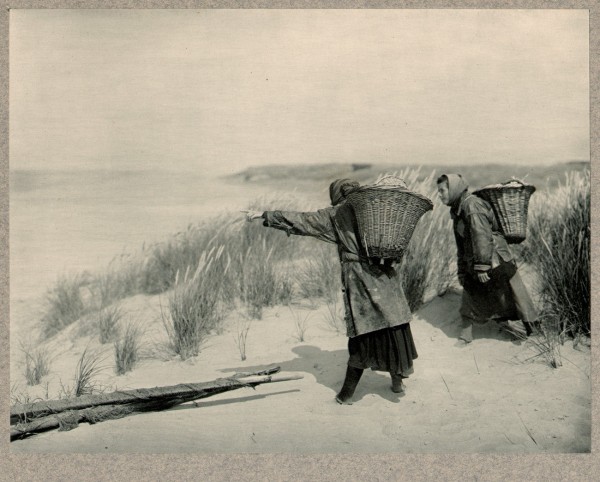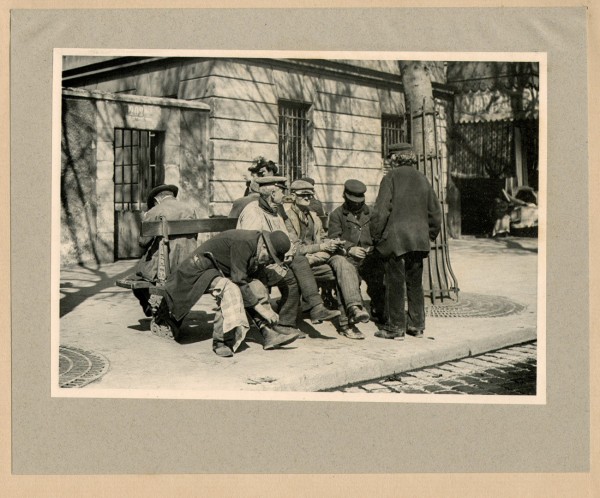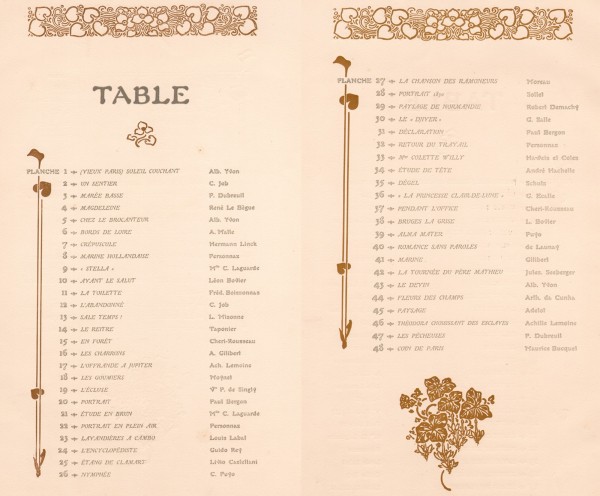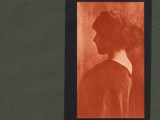Preface by Émile Dacier (1904)
A four-page preface for the 1904 Première Série (First Series) of 48 collected plates was penned by Émile Dacier, 1876-1952. A French art historian and critic, his chief job was as librarian and curator at the Bibliothèque nationale de France, (National Library of France) where his title was inspecteur général des bibliothèques et des archives. (Inspector General of Libraries and Archives) He further served as editorial secretary for the Bulletin de L’Art Ancien et Moderne (Bulletin of Ancient and Modern Art) published in Paris. His observations and criticism extended to Photography, and they appear in the Annuaire Général around the time L’Épreuve Photographique was published. 7.
Dacier’s essay is both poetic and at times humorous, a refreshing look at the state of artistic photography for the time it was written. He sets the stage for the present, where photographers are in total control of the photographic print because of the artistic license afforded them by the multiple processes available. His take on Photography’s earlier practitioners is not pretty in the least, equating photographers as “these murderers” -seen as “terrifying figures to children”, (and hence grownups in the present) who caused great anguish and longtime grudges for them because of the very unpleasant act of being photographed back then.
The following is a translation (8.) of the preface followed by the French original in total.
Préface
“Here are some pictures!…
More pictures?…So many countless pictures have been presented to the public in recent years that one would believe publications such as this kind would be exhausted. Truly, can there be anything left to say that has not been said already?”
He then comments on photographers from earlier times:
“Photographers! These terrifying figures to children that their souls have kept long stubborn grudges! …To visit these murderers as children we had to dress up-like the condemned. After the mandatory cutting of the hair, torture ensued by the shaking of the neck yoke (9.) and was also obtained by the silence on his instructions of “do not move!” The results were really a torture victims head!, mounted on a cardboard square.
So, photography was a mechanical process, brutal, accurate to the absurd, and limited in its means as in its results.”
He explains photographers of the past were constrained by the process, “and that is why the photographers of the past, even the most skillful, could not demonstrate any real personality.”
“However, times have changed … Gradually, photographers have dominated the “process” and that’s a nice victory of mind over matter. As a result of improved instruments, the field has increasingly opened up wide for their business: now, days without the sun are not seen as “unlucky days” because the subject does not have to sit so still. …
But this is all mechanical development: paths are now prepared, and the artist will take the stage.” …
“This (préface) is not the place to rewrite the history of pigment processes, nor to summarize the theory…what we can not say too much and repeat is that through these processes, the printing of the photographic print has become the undisputed domain of the artist, …a work of art no doubt, since the author…has been able to put something of himself, his personality, his soul, into it.”
Dacier then amusingly speaks metaphorically of the camera of old in the third person:
“Where are you, poor little square box of old? You lost this “finesse” when you showed yourself so vain, but you won this essential quality not to say everything and let the audience give free rein to your imagination.”
Shifting to the photographic print he then ponders:
“Where is the invariable line of your brown tones? - The polychrome palette has changed: the photographs of today are not only sepia, but pastels, etchings, charcoal drawings…Where is your bleak and impersonal monotony? - Photographers today have all marked their way: they are symbolists, impressionists, luminists, intimate, photographers of morals and landscape, portrait or genre …That’s what you have become, poor little cardboard square!”
Present day photographic work practices are then commented on:
“Slowly, patiently, with unrelenting tenacity, and with a most commendable selflessness, amateurs have been working to change photographic art from its mechanical routines, like extracting precious ore from its vein. Through this consecration, now definitely accepted, the cost of their efforts will never be known, and who cares, after all, of all the hundreds of wasted exposures, if only one of them is to speak truth by its author, of an ideal beauty come true?”
He then shifts his conversation to the plates included with L’Epreuve Photographique, equating them to having these very truths of ideal beauty:
“Do you like poetized landscapes that are true? Here the mist of the first green foliage, … the splendid suns that gild the fields, here is the red fleece of the autumnal forests, and snow and ice, jeweled ornaments of winter on the plains, mountains, and seas. …Do you prefer the chaste nudity of beautiful shapes that caress the light, or the endless diversity of the human face? …Or is it finally life movement, brief and fleeting impressions that you would like to discuss? These are the memories of distant lands, these are the tragedies and comedies of the street where chance is the great director, and here the pressure of crowds, the galloping squadrons, the shock waves on the breakers; here …
Here are some images!”
Émile Dacier.
Dacier’s original préface in total:
PRÉFACE
Voici des images!…
Encore des images?…Tant d’innombrables images ont été présentées au public, en ces dernières années, que l’on pouvait croire épuisée la série des publications de ce genre.
Après les maîtres de l’affiche, quelle sorte d’images a-t-on bien pu trouver qui n’aient été déja maintes fois reproduites? En vérité, n’arrive-t-on pas trop tard et tout n’a-t-il pas été dit?…
Certes, en matière d’images, tout a été dit depuis qu’il y a des hommes… et qui photographient. Et grâces soient rendues aux procédés mécaniques de reproduction, dont la photographie est la base, puisqu’ils ont permis la vulgarisation luxueuse de tant de chefs-d’oeuvre! Mais, en fin de compte, ne semble-t-il pas que la reproduction se montre un peu bien ingrate envers la cause première de sa fortune, et qu’elle tarde vraiment trop à faire, parmi tant de « maîtres » petits ou grands, une place aux maîtres de la photographie?
Jusqu’à ces derniers temps, il est vrai, cette ingratitude avait son excuse dans l’insuffisance des moyens mis à la disposition des photographes. Les photographes!… Ces terrifiants personnages auxquels nos âmes d’enfants ont gardé de si tenaces rancunes!… Pour faire visite à ces bourreaux au petit pied, il fallait revêtir un costume spécial — comme les condamnés — après la taille de cheveux obligatoire. Ensuite, c’était la torture du carcan serrant la nuque; et c’était aussi dans le silence obtenu par un farouche « Ne bougeons plus! » le déclenchement lent d’un obturateur qui ne s’appelait pas pour rien « à guillotine »… Plus tard, on nous apportait notre tête sur un petit carré de carton; — et c’était vraiment une tête de supplicié!
Alors, la photographie était un procédé mécanique, brutal, précis jusqu’à l’absurde, limité dans ses moyens comme dans ses résultats. Ce que l’objectif laissait voir à la plaque sensible, la plaque le répétait fidèlement au papier; mais le photographe devait se contenter du rôle d’entremetteur : les opérations du développement des clichés et du tirage des épreuves s’accomplissaient avec son aide, non pas sous sa direction. Il était comme un collaborateur négatif : à peine pouvait-il conduire, à plus forte raison corriger. En cas de résultat obtenu — qui n’était pas toujours le résultat désiré — sans qu’il lui fût permis d’y apporter aucune modification; en cas d’insuccès, pas de remède!… Et voilà pourquoi les photographes d’autrefois, même les plus habiles, ne pouvaient faire montre de véritable personnalité.
Cependant les temps ont marché… Peu à peu, les photographes ont dominé le « procédé » : et c’est là une jolie victoire de l’esprit sur la matière. Par suite de l’amélioration des instruments, un champ de plus en plus vaste s’est ouvert à leur activité : désormais, ils ne regarderont plus les journées sans soleil comme autant de « jours néfastes », et, bien loin de réclamer l’immobilité absolue du sujet, ils pourront braquer leur appareil sur le mouvant kaléidoscope de la vie.
Mais tout cela n’est que perfectionnement mécanique : les voies sont préparées maintenant, et l’artiste va entrer en scène. De ce cliché, dont il a pu >, diriger, corriger même en certains cas le développement, il va tirer une épreuve, non plus automatiquement, comme par le passé, mais intelligemment au contraire, grâce à une intervention personnelle qui se manifestera d’un bout à l’autre de l’opération.
Ce n’est pas ici le lieu de refaire l’histoire des procédés pigmentaires, ni d’en résumer la théorie : aussi bien n’y a-t-il plus là de secrets pour personne. Mais ce qu’on ne sait pas assez, ce qu’on ne saurait trop dire et répéter, c’est que, grâce â ces procédés, le tirage de l’épreuve photographique est devenu le domaine incontesté de l’artiste, et l’épreuve elle-même une oeuvre d’art incontestable, puisque l’auteur qui l’a conçue et réalisée a pu y mettre quelque chose de lui-même, de sa personnalité, de son âme.
Où es-tu, pauvre petit carré de carton d’autrefois? Tu as perdu cette « finesse » dont tu te montrais si vain, mais tu as gagné cette qualité essentielle de ne pas tout dire et de laisser le spectateur donner libre essor à son imagination.
Où est la gamme invariable de tes tonalités brunes? — Une palette polychrome l’a remplacée : les photographies d’aujourd’hui ne sont plus uniquement des sépias, mais des pastels, des eaux-fortes, des fusains, des sanguines…
Où est ta désolante et monotone impersonnalité ? — Les photographes d’aujourd’hui ont tous leur manière caractérisée : ils sont symbolistes, impressionnistes, luministes, intimistes, photographes de moeurs ou de paysage, de genre ou de portrait…
Où est enfin ta précision sèche, qui n’était pas même de la fidélité parfaite? — Tu méconnaissais l’harmonieux accord des valeurs, et ce sont justement les valeurs qu’on arrive à te faire exprimer…
Voilà ce que tu es devenu, pauvre petit carré de carton d’autrefois!
Lentement, patiemment, avec une inlassable ténacité, avec un désintéressement des plus louables, des amateurs ont travaillé à dégager l’art photographique des routines machinales, comme un précieux minerai de sa gangue. Ce que cette consécration, aujourd’hui définitivement admise, leur a coûté d’efforts, nul ne le saura jamais; et qu’importe, après tout, les centaines d’épreuves gâchées, s’il en reste une seule pour témoigner, chez son auteur, d’un idéal de beauté enfin réalisé?
S’il en reste une seule?… Il en reste plus d’une, heureusement; et je n’en veux pour preuve que les images dont se compose cette publication.
Aimez-vous les paysages véridiques et pourtant poétisés? Voici la brume verte des premières feuillées, voici la splendeur des soleils qui dorent les champs; voici la rousse toison des forêts automnales, et la neige, et la glace, parures gemmées de l’hiver; voici les plaines, les monts, les mers, le ruban gris des routes, le ruban moiré des fleuves; voici le mystère des nocturnes et l’étrangeté des contre-jour…
Préférez-vous la chaste nudité des belles formes que caresse la lumière, ou l’innombrable diversité du visage humain? Voici des gestes jolis, des attitudes heureuses, des chevelures qui tombent en nappes ou se replient en coques; voici des yeux qui luisent, des lèvres qui s’entr’ouvrent pour un sourire, qui se pincent pour une moue, qui se tendent pour un baiser…
Est-ce enfin la vie, le mouvement, l’impression brève et fugitive qu’il vous plaît d’évoquer? Voici les souvenirs des contrées lointaines; voici les drames et les comédies de la rue dont le hasard est le grand metteur en scène; voici la poussée des foules, la galopade des escadrons, le choc des flots sur les brisants; voici…
Voici des images!
Émile DACIER.
Original Publishers description to the work
Included in the 1905 edition of the Annuaire Général was a two-page advertisement by Librairie Plon for the 1905 Second series (Deuxième Série) of L’Épreuve photographique published as the very first page. The following is a translation:
The Photographic Print
2nd Series
Periodic portfolio of luxury, size 44 x 32
Gravure reproductions of the most notable and original works
Annual subscription:
Paris, 20 francs. ; Departments, 23 francs.; Foreign, 28 fr.
When we presented to the public a year ago, the first issues of The Photographic Print, we insisted on publishing new work and consequently, a new special format was needed to present it with.
The Photographic Print is in fact not a newspaper or a magazine but a collection of intaglio photographic reproductions of the most notable and original work, signed by the art’s most renowned photographers from France and from abroad, and carefully selected irrespective of gender or process, provided the artistic intent is clear and done with perfect execution.
We adopted the gravure as the only mode of reproduction capable of showing off all of the qualities from the varied effects of the current processes of photographic prints.
Each subject is reproduced in its color and original dimensions; and mounted along with complimentary supports that provide harmonizing color, in order to form an identical work to the original presented under the same conditions of development and artistic effect.
Each plate is covered with a tissue guard that includes the title and author’s name and any special instructions. The publication is issued periodically in issues measuring 44 by 32 cm, in a color cover designed by Georges Auriol; the series, complete in one year, includes 48 plates and is accompanied by an index page of titles printed in two tones with character designs and ornaments by Auriol.
Framed, all of these various kinds of compositions form a true collection of work of the most beautiful effect.
We have just completed the publication of the First Series of The Photographic Print; the artistic success of this attempt, along with the congratulations and encouragement we have received for it, has given us the clear favor a Second Series will be received with the same feeling. We have selected the first items for it among the most striking works in the Paris Salon of Photography; following issues will be supplied by the major foreign exhibitions (London, Berlin, Vienna, Liège, etc.). 10.
Reviews from America
In June and July of 1904, two American photographic journals, The Photo-Era and The Practical Photographer, published short reviews of some of the early issues of the First Series of L’Épreuve photographique. They are included here:
Review: Photo-Era: June, 1904
L’Epreuve Photographique. Portfolio mensuel de grand luxe; format 44x32.— Impressions en taille-douce de Ch. Wittmann.— Montage artistique des planches sur papiers feutres. — Couverture en quatre couleurs, caracteres et dessins de preface composes par George Auriol. Abonnement Annuel: Paris, 20 fr.; departements, 23 fr.; Union postale, 28 fr. Plon-Nourrit et Cie, editeurs, 8, rue Garanciere, Paris.
This new periodical starts out in the magnificent size of 17 ½ by 12 ½ inches, and presents for each monthly number four photogravure plates mounted on harmonizing cover papers, somewhat after the model of the Photo Era, Edition de Luxe. The pictures are to be chosen from the best of all countries. The first number represents France and England, the most striking picture being a magnificent red chalk photogravure of a beautiful nude study, by Rene le Begue. Single numbers may be ordered through the Photo Era, at 60 cents, or annual subscriptions, at $6.” 11.
Review: The Practical Photographer: October, 1904
L’Épreuve Photographique. Roger Aubry, directeur. Paris, Plon, Nourrit & Cie. Price monthly, 75 cents, post free.
Nos. 2, 3, and 4 of this remarkably fine collection of heliogravures are fully up to the standard set by the first number, which we reviewed some time since. The contents are as follows:
No. 2. Chez le brocanteur . . Alb. Yvon
Bords de Loire … A. Malle.
Crépuscule … Hermann Linck
Marine hollandaise . . Personnaz
The first is a fine genre, the second and third landscapes (the latter being an especially masterly piece of work), and the fourth is a marine, a little hard, but still very fine.
No. 3. Stella Mlle. .. Mlle. C. Laguarde
Avant le Salut … Léon Bovier
La Toilette … Fréd. Boissonas
L’Abandonné … C. Job
The first and fourth are exceptionally fine pieces of photography.
No. 4. Sale temps … L. Misonne
Le Reitre .. Taponier
En Forêt …. Chêri-Rousseau
Les Charrons … A. Gilibert
Each of the four pictures in this number is a work of art. Possibly the fourth in happy choice of opportunity and good composition is the strongest, but it is difficult to select the best among such good pictures.” 12.
